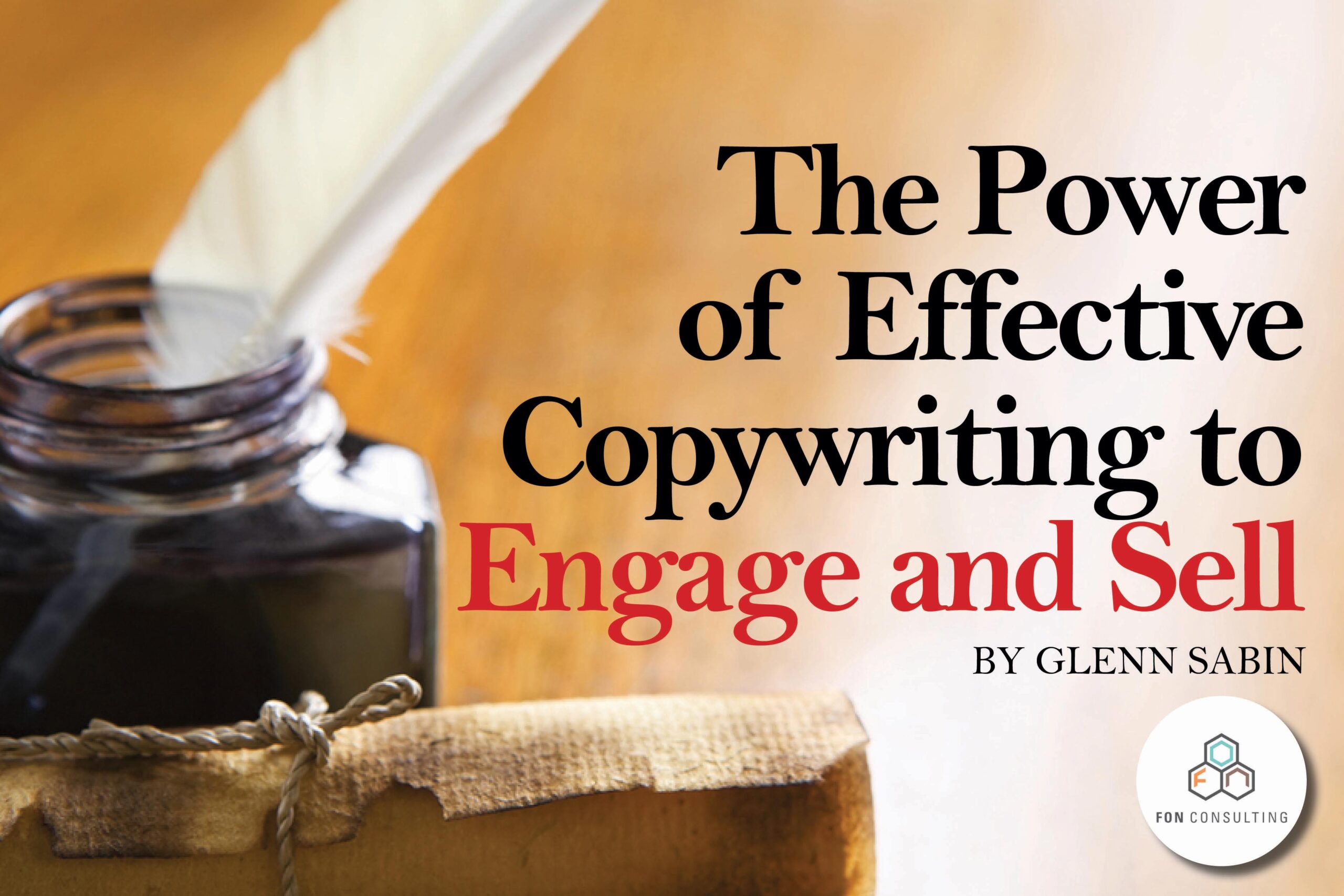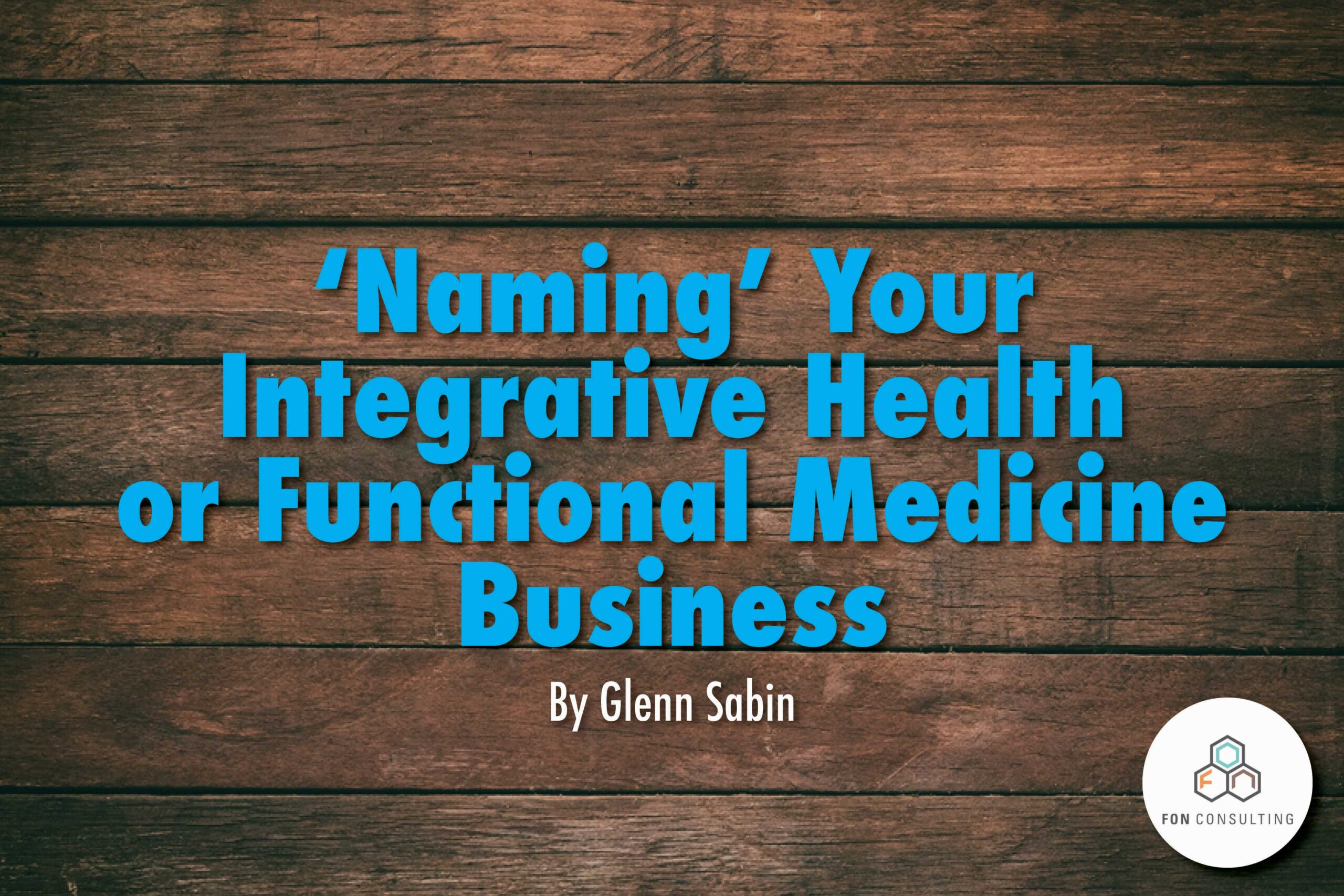Becoming an Integrative Health Thought Leader: Part 5—Media
By Glenn Sabin

Glenn is on the faculty of Duke University’s Health and Well-Being Leadership Program, where he teaches a Thought Leadership Course. Learn more here.
This is the fifth installment of a 7-part series.
Read the entire series:
Part 1: Introduction
Part 2: Personal Branding + Platform
Part 3: Unique Positioning
Part 4: Content Strategy
Part 5: Media
Part 6: Monitoring + Promoting Your Brand
Part 7: Conclusion–Putting it all Together
For 25 years I ran a family-owned media company located in the Washington, DC metropolitan area. We published print magazines, produced conferences, and developed and managed websites for our media brands and clients.
The media landscape has changed dramatically since I sold my company in 2009. The decline of print advertising has led to massive consolidation, downsizing, and bankruptcies.
Profound changes in how media is consumed, distributed, shared, and purchased have given an incredible edge to consumers and personal brands alike. This disruption of media—accelerated by the web, new publishing tools, social media, and even the very devices on which information is delivered—has, in many respects, leveled the playing field for ordinary folk who do not own a media organization, but still need to get their message out.
This is not to say that working with traditional media outlets is no longer important or necessary. Some of the largest audiences are still controlled by traditional media companies. Aspiring integrative health thought leaders should engage with aspects of traditional and new media in order to share their powerful messages. Let’s examine this more closely.
There are four basic categories of media engagement: owned media; earned media; contributed media; and paid media.
1. Owned Media
Some of the most valuable media to have is that which you own! Part 4 of this series focuses extensively on content strategy and emphasizes ‘owned media’. The creation and distribution of proprietary content might include how-to guides, blog posts and other valuable and evergreen content that readers will engage with for years to come.
Becoming the Media
Over the last decade it has become much easier and cost-effective to become the media instead of just renting it. As an example: print space, radio time, and television spots are sold (rented) to advertisers for the purpose of ‘interrupting’ readers and viewers who have purchased or otherwise committed themselves to the non-advertising (editorial) content.
There has never been a better time to ‘become the media’ and cut out the middle man to reach a target audience. Your personal brand platform provides the environment to make this happen.
2. Earned Media
Earned media is the process of getting attention from media outlets based on your product, service, newsworthy event, or expertise. Your activities may warrant a small mention, be featured in a standalone piece, or be included as part of a larger story. Earned media is free: it is straight editorial and is not tied to a paid advertorial. When you hone your personal brand, create a quality platform, and build and distribute content around your niche, you have a powerful opportunity to introduce yourself to the media as the ‘on call’ go-to expert.
Create a comprehensive database of media outlets—newspapers, radio, television, websites/blogs—and contacts most relevant to your desired goals. Choose the geographic reach most beneficial to your personal brand and thought leadership activities.
Does the outlet have a health column, program, or series that is a good match for your areas of knowledge and expertise? Take the necessary time to research each media outlet to best understand their existing commitment to covering health, medicine, and science. This is a perfect intern assignment, especially if you have the ability to recruit and manage a capable person to help build your media contacts database. With proper training, this same sharp intern might also make introductory calls to select media contacts on your behalf.
Caution: Editors are bombarded daily with pitches. Make yours to the point and memorable. Do not send canned, form letter messages to the media when you correspond to propose an idea and/or set up meetings. Instead, build a personal rapport with your media contacts.
Do your research—your due diligence—to best craft individualized messages for your outreach. Editors are more likely to respond and connect with you if you have a decent understanding of their media outlet and heretofore health coverage.
Additionally, DO include mass distribution through a press release service to augment your direct personal outreach which, in turn, builds inbound links to your site and stimulates interest and provides coverage. When sending a press release to existing clients, place it in the body of the email (just under your short pitch), and also attach it so that it is more likely to be seen. This provides the recipient easy forwarding options.
Remember, this is earned media, not bought; you have to do the hard work to get recognized for your hard work.
Enjoying this article? Subscribe and get our latest, delivered straight to your inbox.
3. Contributed Media
When you can’t earn your media—alas that happens—you can create it and contribute it as a guest blogger, guest print columnist, recurring expert on a radio talk show, or become the regular host of a radio show health segment or local access TV show.
Check out Dr. Scott Rollins’ FreePress Weekly (Grand Junction, CO) column here. Notice the ‘make an appointment’ call to action at the end of his piece. Through his writing, Dr. Rollins engages readers and earns trust. He brings prospective patients to his website and down through his ‘sales funnel’.
You are most probably aware of the clinicians and other healthcare leaders in your community that have an ongoing blog, column, or show. They created opportunities to get these ‘breaks’ by putting themselves out there and developing relationships. Essentially they did the work, and continue to do the work that needs doing.
Regardless of the size of your prospective target market, geography, or consumer versus industry aim, there are media, and non-media outlets that reach more people than you can access through your own efforts. Contributing media offers you a profound opportunity to introduce new folks to your message and build influence and thought leadership. If you are selling a product and/or service, this is a perfect opportunity to inform different audiences of who you are and what you have to offer.
4. Paid Media
Paid media comprises traditional advertising such as print, billboard, radio, cable and broadcast television, as well as digital offerings such as Google AdWords, sponsored content, social media advertising, and press release marketing. Actually, the list goes on with endless possibilities.
Though I am not typically a fan of ongoing paid media efforts, it is often beneficial to include a targeted, paid advertising campaign when launching a new product, service, or public figure—aka YOU. Paid media can drive significant traffic to your site while your content creation and distribution efforts are ramping up.
It’s absolutely worthwhile to invest the requisite time to create a media engagement framework to grow your personal brand. A balanced and strategic approach to owned, earned, contributed, and paid media will result in measurable dividends along your path toward earning irrefutable thought leadership.
Integrative health and medicine is headed toward the vanguard of modern medical delivery. Match its emerging, powerful presence with your own ‘media’ breakthrough.
About FON
FON creates thought leadership and personal branding strategy for those aspiring to differentiate and hone their message, and propagate their integrative health mission. Contact us today to schedule a call or Skype to learn how FON can help you achieve your professional goals.

Glenn Sabin, founder of FON and author of n of 1, is a nationally recognized thought leader who positions health innovators, enterprises, and organizations for sustainable growth. Leveraging deep experience in media, strategy, marketing, and business development—and his own compelling cancer journey—he champions personalized medicine and the generation of real-world data and evidence to help define a new, accessible standard of care.
Read Glenn’s story.




















